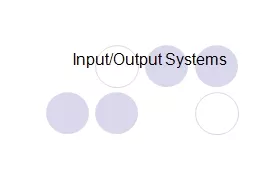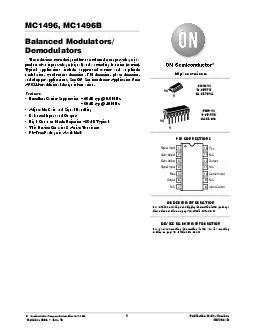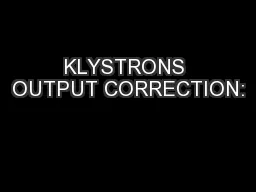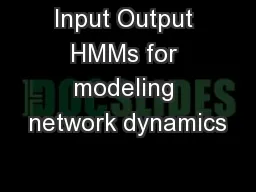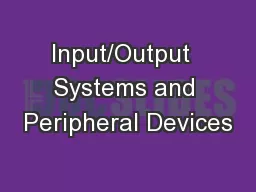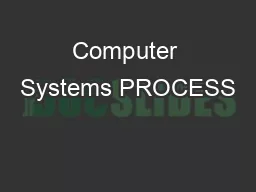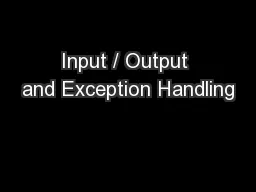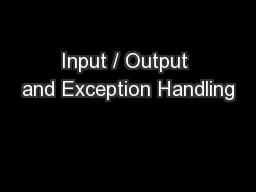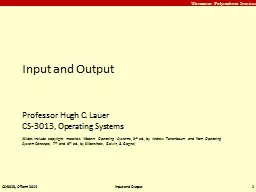PPT-Input/Output Systems Why I/O is important
Author : piper | Published Date : 2022-06-15
How to control a motor using a PC The motor will be regarded as an output device How can the computer communicate with the motor IO using ADuC832 ADuC832 Display
Presentation Embed Code
Download Presentation
Download Presentation The PPT/PDF document "Input/Output Systems Why I/O is importan..." is the property of its rightful owner. Permission is granted to download and print the materials on this website for personal, non-commercial use only, and to display it on your personal computer provided you do not modify the materials and that you retain all copyright notices contained in the materials. By downloading content from our website, you accept the terms of this agreement.
Input/Output Systems Why I/O is important: Transcript
Download Rules Of Document
"Input/Output Systems Why I/O is important"The content belongs to its owner. You may download and print it for personal use, without modification, and keep all copyright notices. By downloading, you agree to these terms.
Related Documents

